3 /10 2 Votes5
6/10 TV Opening theme Roaring "Sasquatch" Original language(s) English Language English | 4.2/10 IMDb Theme music composer Raney Schocke Country of origin United States First episode date 29 May 2011 Music composed by Raney Shockne | |||||||||||||||||||||||||||||||||
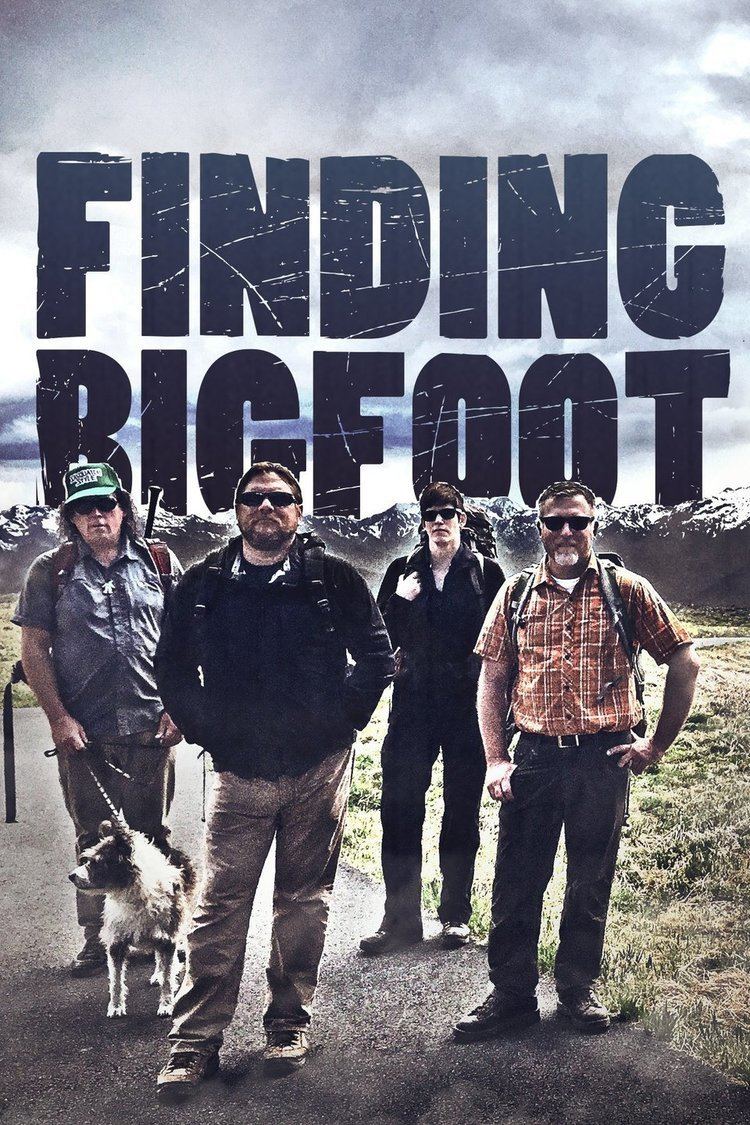 | ||||||||||||||||||||||||||||||||||
Starring Cliff BarackmanJames "Bobo" FayeRanae HollandMatt Moneymaker Narrated by Ken ScottMatt Moneymaker Similar 10 Million Dollar Bigfoot B, MonsterQuest, Lost Tapes, Destination Truth, Is It Real? Profiles | ||||||||||||||||||||||||||||||||||
Finding Bigfoot is a documentary television series on Animal Planet. It premiered on May 29, 2011, and began its eighth season on January 3, 2016. The program follows four researchers and explorers investigating potential evidence of Bigfoot, a cryptid hominid allegedly living in the wildernesses of the United States and Canada. While the Finding Bigfoot team have not yet captured photographic evidence of the creature's existence, the show continues production because it has high ratings and is a top earner for Animal Planet.
Contents
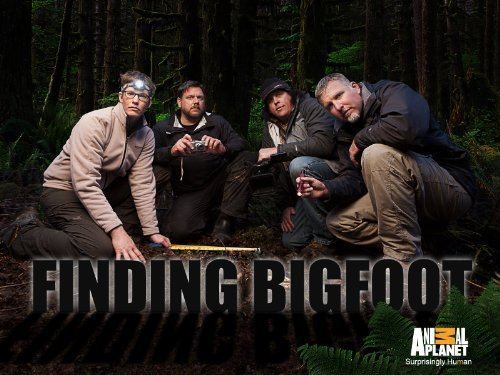
Finding bigfoot
Premise
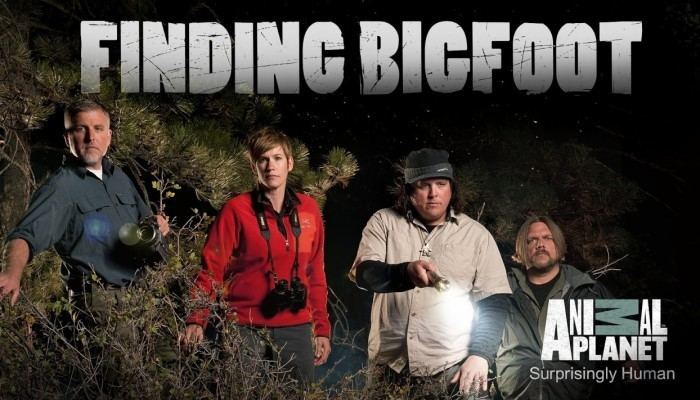
The team consists of Bigfoot Field Researchers Organization (BFRO) founder and President Matt Moneymaker, researchers James "Bobo" Fay and Cliff Barackman and skeptical scientist Ranae Holland. The series never questions the existence of bigfoot, but rather documents the team's search efforts and study of potential evidence in an attempt to prove the existence of the elusive creature. Considerable evidence for the existence of Sasquatches exists, including the famed Patterson-Gimlin film, which has never been debunked. Large, human-like footprints have also been found for centuries in the remote, forested areas of North America. When properly cast, these footprints reveal the distinctive traits expected of a living animal, including dermal ridges.
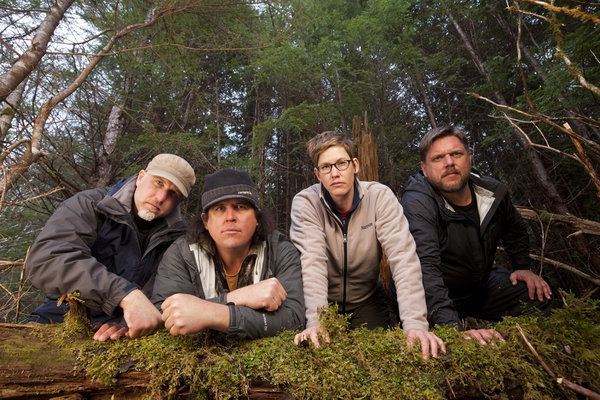
Over the course of the series, the team has introduced many new bigfoot related terms into the American vernacular. For example, the term "bigfoot" is rarely used in favor of "squatch" (short for sasquatch). Their nighttime investigations are referred to as "squatchin". The areas they investigate are often described as "Squatchy", with Washington having been described as "the squatchiest state."
Cast
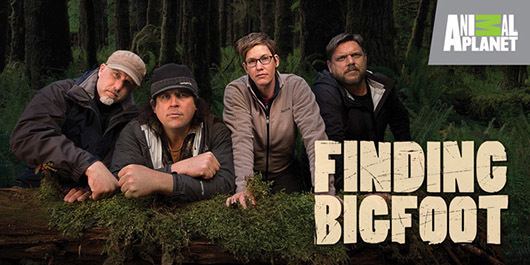

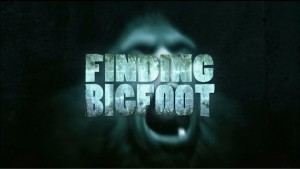
Episodes
An episode begins with the Finding Bigfoot team driving to a location on the trail of photographic, video, audio, or eye-witness evidence of a Bigfoot. The team will go to the location where the evidence was gathered from, and will speak to the person who gathered the evidence. If it is a photograph or a video, the team will perform a recreation and a size comparison of the event, using the same camera that the witness used. The team then performs their first night investigation at that same location.
Starting with the second season, one member of the team will almost always remain at the location for a solo night investigation for several more nights. The other three (or four in the first season) members will them head to a 'town hall meeting' to which members of the public are invited to come and share their Bigfoot encounter stories. In some heavily Bigfoot reported areas, such as Washington, these events are sometimes invite only.
After the witnesses tell their encounter stories, they are asked to mark their sighting locations on a map, which the team then uses to look for a pattern of sightings. The team will then visit three of the best reported encounters, that are usually close by one another. After visiting all three witnesses, the team will collect the member who was doing the solo night investigation, and will select an area to do their final night investigation.
For the final night investigation, the team usually devises a unique plan to try and attract a Bigfoot, usually involving noise or light, by using boats on a lake, or silent electric ATVs. They also do wood knocks, which mimics the bigfoot's supposed communication. Night-vision technology and forward looking infrared (FLIR) cameras are used to document these investigations. They will then evaluate what they learned and announce that during the ending credits. Occasionally, they will show their trail cam pictures or DNA results following the credits/summary.
In the third season, the team expanded their search from North America to investigate the sasquatch phenomenon known as "yowies" in Australia. Later in the season, they traveled to Indonesia searching for the "orang pendek" and Vietnam to search for the "wildman". In season four, the team traveled to China in search of the "yeren", and Nepal in search of the "yeti".
Season 6 of Finding Bigfoot debuted on June 8, 2014, as opposed to November when the last two seasons started.
Reception
Animal Planet has received criticism for Finding Bigfoot and Mermaids: The Body Found for their "outlandishness", however, Fay is quick to defend Finding Bigfoot, and to draw a line between the two programs. "You can't equate bigfoot with mermaids."
Several episodes of the first season received heavy criticism from the four 'Finding Bigfoot' members themselves, for the editing style that Animal Planet used, to make it appear that a horse and a person were unidentified by the team, and what they were remained unknown. The second event, involving the horse, led the team to threaten to quit the show if such techniques were used again.
Regardless, Finding Bigfoot is one of Animal Planet's top rated programs. It has spawned two spin-offs, Finding Bigfoot: Further Evidence and Finding Bigfoot: Rejected Evidence. Finding Bigfoot: Further Evidence is similar to VH-1's Pop-Up Video. Episodes of Finding Bigfoot are re-aired with "info nuggets" from the team members. Finding Bigfoot: Rejected Evidence is an on-line only series in which executive producer Keith Hoffman airs videos deemed not worthy of inclusion on the show.
Bigfoot enthusiasts have often ridiculed the show, referring to it as "Not Finding Bigfoot", due to the teams consistent lack of success, and the fact that any footage of a Bigfoot would be reported long before an episode airs.
